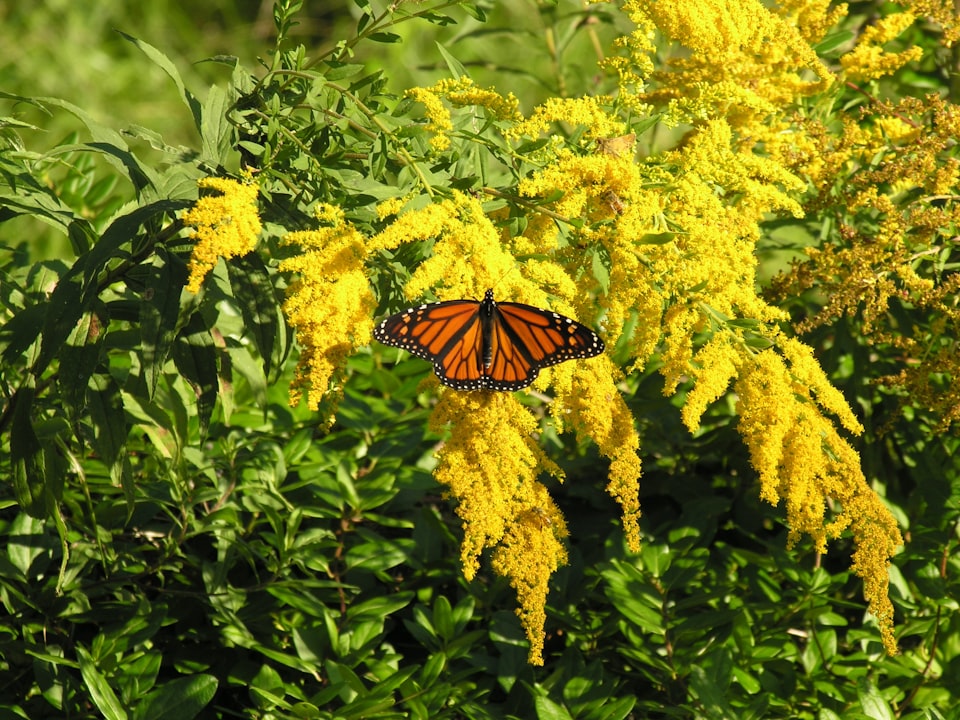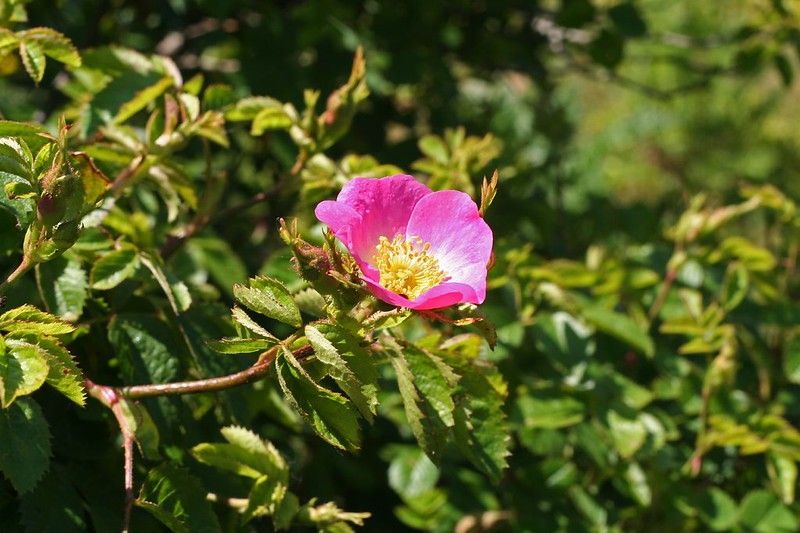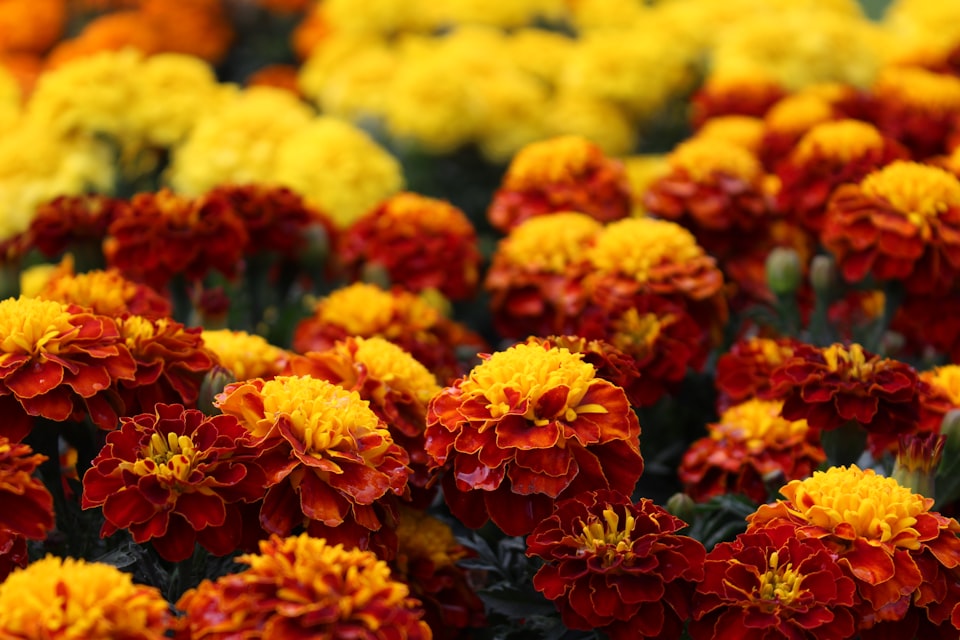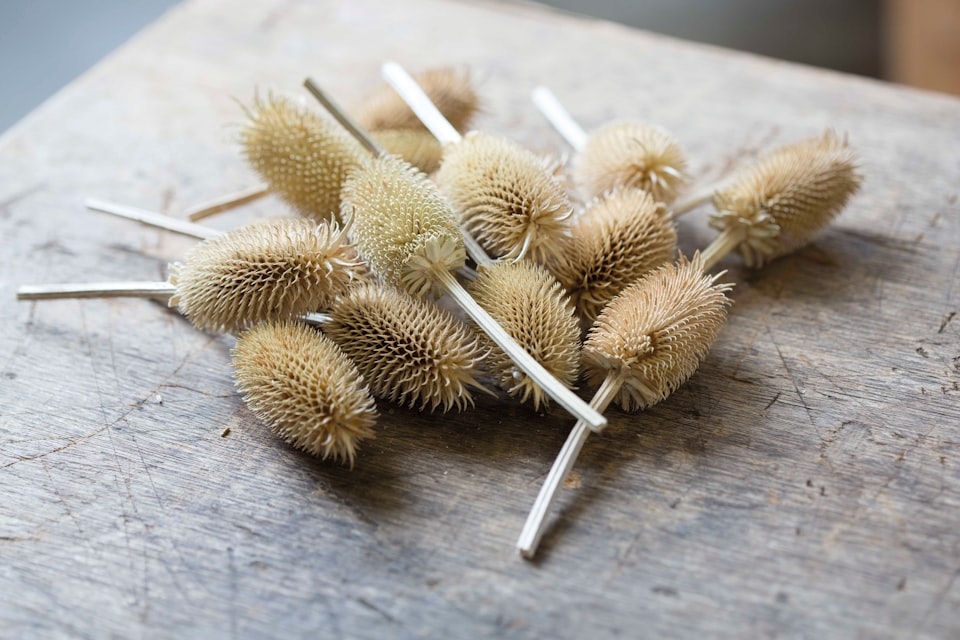III: Honeysuckle
The symbiotic relationship of hummingbird and honeysuckle.

Good morning. Today is tridi, the 23rd of Prairial, Year CCXXXI. We celebrate le chèvrefeuille, a vine that's always in search of a hummingbird.
💡
Japanese honeysuckle is considered an invasive species in North America. The designation "invasive" carries with it some negative weight, which is strange for a shrub many people intentionally plant for its sweet smell, evergreen foliage, and beautiful blooms. The berries are poisonous to dogs, and the shrub does have a way of spreading all by its lonesome to crowd out native vegetation, but those aren't the biggest problems with it in the habitat of the continent. The berries are devoured by birds, but they're full of carbs instead of the beneficial fats that birds need, making them the Little Debbie of the forest. Ironically, while the berries make the birds fat and out of shape, they also contain a chemical that brightens the red feathers of cardinals, who mate based on the redness of the male plumage, tricking populations into a reverse natural selection – survival of the fattest instead of the fittest.
Ruby-throated hummingbirds and coral honeysuckle coevolved to help each other. I love these sorts of natural marriages between species, each committed to the other in highly specific ways. While it can seem that the honeysuckle is doing most of the work in the relationship, making itself as attractive to the migrating hummingbirds as possible, the little flyers take on their fair share of the burden, being the species best fit to spread the plant far and wide.



